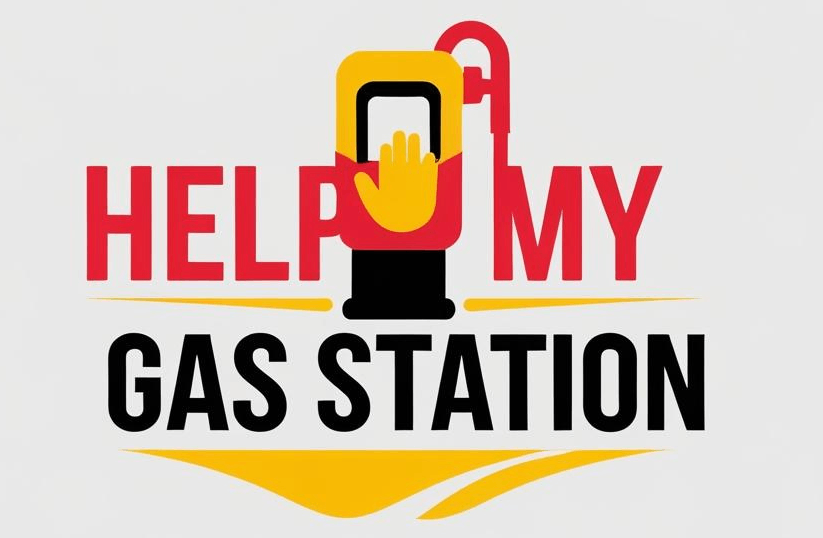Creating a Reader-Friendly Blog Page
For gas station owners and stakeholders aiming to enhance their knowledge, designing a clean and engaging blog page is essential. By focusing on user experience, you can present valuable insights that cater to operational best practices.
Key Components of a Successful Blog Page
Your blog should feature a sticky header that includes your logo, navigation links (home, categories, about, contact), and a search function. This ensures easy access for visitors looking for specific information.
The hero section is another critical element; it should contain a title, a catchy subtitle, and a call-to-action button like “browse latest insights”. This draws readers in and encourages them to explore further.
Optimizing Content for Engagement
A featured article block can showcase an image with alt text, a headline, byline, excerpt, and a “read more” link. Following this, implement a responsive grid to display the three latest posts, making it visually appealing and easy for users to navigate.
Don’t forget to include a sidebar where visitors can easily search or browse categories like operations, marketing, maintenance, and safety. Features like a newsletter signup, a tag cloud, and a list of popular posts can keep users engaged and encourage them to return.
In the middle of the page, a clear call-to-action such as “join the fuel business community” will foster a sense of connection among your audience. Conclude with a footer block containing an ‘about’ blurb, quick links, social icons, and copyright information, reinforcing your brand identity.
By focusing on profitability, safety, customer experience, and operational best practices, your blog can become a vital resource for gas station stakeholders.

